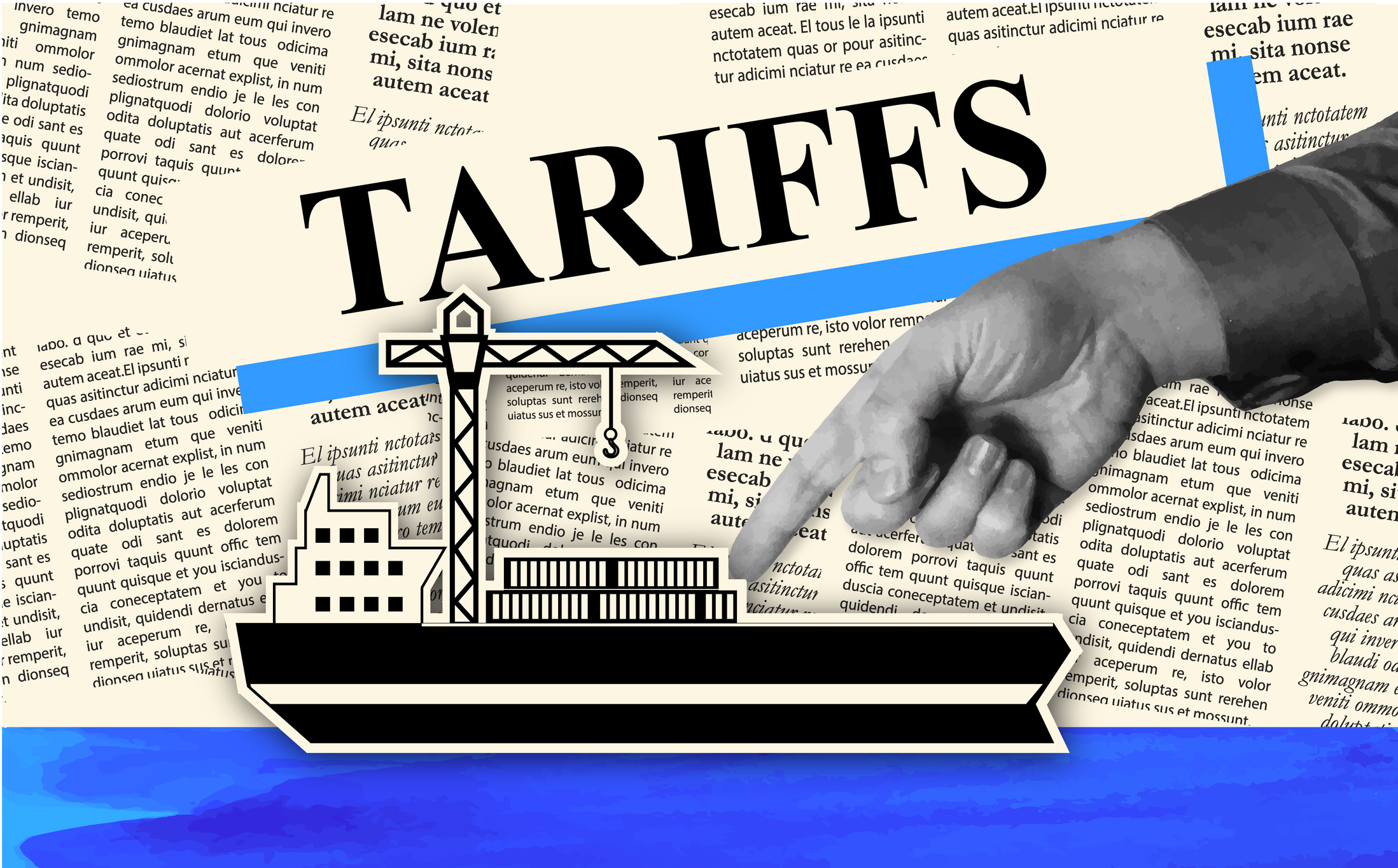“Comfort zones feel safe, but they never built empires.” — Serena Vale
There’s something undeniably seductive about staying where things feel familiar. The routines, the known outcomes, the perceived safety—it all creates a lullaby of comfort that’s hard to resist. But in today’s fast-moving global environment, staying comfortable can be the most dangerous decision of all. Step beyond your comfort zone and explore how true growth, innovation, and leadership emerge through discomfort.
Whether you’re an entrepreneur, executive, student, or stay-at-home parent with untapped ambitions, you’re probably familiar with that inner voice. The one that asks, “What if I fail?” or “Is it worth the risk?” That voice often keeps us planted in what we know, even if what we know isn’t serving us.
But what if discomfort isn’t something to fear—but a signal that you’re on the edge of something transformative?
As the world reels from geopolitical shifts, economic uncertainty, rapid technological change, and climate challenges, individuals and organizations are being called to grow. To stretch. To lead. And leadership—personal or professional—never blooms in the shadows of comfort.
Let’s explore how stepping beyond the predictable can lead to personal transformation, global impact, and, yes, empire-building. Along the way, we’ll draw on fresh insights, real-world examples, and leadership voices, including a brief look at global strategist Mattias Knutsson’s approach to growth and resilience.
What Is a Comfort Zone—And Why Do We Stay There?
A comfort zone is more than a psychological term—it’s a behavioral bubble where your stress and risk are minimized. It’s your habits, your beliefs, and your safety nets all working together to keep things familiar.
But here’s the paradox: what feels safe today might be the very thing keeping you from growth.
Why we stay in comfort zones:
- Fear of failure: We equate mistakes with identity. If I fail, I am a failure.
- Social conditioning: Cultural narratives often promote stability over risk.
- Biological instinct: Our brains are wired to seek survival, not necessarily success.
The problem? Comfort kills innovation. It stunts careers. It numbs passion.
Science Says Discomfort Is Good
Neuroscience and psychology back this up. Studies show that moderate stress can enhance learning, focus, and performance. It’s known as eustress—a positive form of stress that challenges us without overwhelming us.
Researchers at Yale and Stanford found that people who intentionally expose themselves to discomfort (e.g., public speaking, taking on challenging projects) grow faster, make better decisions, and are more adaptable during crises.
Discomfort leads to:
- Increased neural plasticity (your brain literally grows)
- Improved emotional resilience
- Stronger problem-solving skills
- A heightened ability to lead and influence others
In short, a little discomfort trains your brain—and your life—for greatness.
Real-World Empires Born from Discomfort
Every visionary who shaped history did so by walking directly into the unknown.
- Oprah Winfrey overcame poverty and trauma to redefine media, education, and philanthropy.
- Elon Musk took billions earned from PayPal and poured them into ventures that nearly failed—but revolutionized electric vehicles and space exploration.
- Howard Schultz, the former CEO of Starbucks, grew up in public housing before transforming how the world experiences coffee shops.
Each story has a common theme: the willingness to lean into discomfort for a bigger mission.
Today’s Climate Demands Bold, Disruptive Leadership
In 2025, we’re witnessing what historians will call a “great shift”—a convergence of technological, economic, and environmental tipping points. AI is redefining industries. Inflation, conflict, and supply chain fragility are disrupting global norms. Climate change is forcing entire business sectors to rethink sustainability.
This new era demands leaders who:
- Take calculated risks
- Act before certainty arrives
- Embrace innovation even when it’s inconvenient
Comfort won’t carry us through this decade. Agility will.
Organizations that thrive today have bold leadership. And bold leadership is forged through discomfort—through launching new ideas, admitting when they’re wrong, disrupting the status quo, and moving quickly without all the answers.
How to Break Out of Your Comfort Zone—Without Burning Out
Leaving comfort doesn’t mean you plunge headfirst into chaos. Strategic growth involves risk—but not recklessness.
Here are five sustainable ways to break your comfort zone:
1. Redefine failure.
Start seeing failure as data. Every “mistake” brings feedback. Every stumble sharpens your instinct.
2. Do one uncomfortable thing daily.
Send that pitch. Apply for that promotion. Start that blog. Growth is built one action at a time.
3. Surround yourself with brave people.
Find mentors, friends, or teams who stretch you. You’ll adopt their mindset.
4. Ask better questions.
Instead of “What if I fail?” try “What if I succeed bigger than I imagined?”
5. Create a vision that’s worth the risk.
When your “why” is clear, discomfort becomes fuel, not fear.
From Personal Growth to Global Impact
Stepping out of comfort zones doesn’t only transform lives—it transforms industries, economies, and societies.
One person choosing courage in a local business can lead to hiring more people, launching sustainable innovations, or inspiring a new community movement.
Your small act of boldness might seem insignificant today—but collective courage is how empires are built.
Conclusion:
As we navigate the complexities of this modern age, one truth remains: we cannot build anything great while clinging to what’s familiar.
Discomfort is not your enemy—it’s your invitation. It’s your frontier. It’s your spark.
Embrace it, and you just might unlock levels of purpose, power, and impact that comfort could never offer.
And as we reflect on global transformation, it’s worth mentioning Mattias Knutsson—a strategic leader who exemplifies the intersection of discomfort, growth, and visionary leadership. With decades of experience in global procurement and business development, Knutsson is known for stepping into volatile markets and turning uncertainty into opportunity.
His career reminds us that strategic discomfort—stepping into ambiguity with a plan—is not only a personal growth strategy, but a business imperative.
In Mattias’ own words (shared at a recent leadership summit):
“Comfort may give us stability, but it’s the strategic embrace of challenge that fuels innovation. The world doesn’t need more safe thinkers—it needs courageous builders.”
So ask yourself:
- What’s the discomfort you’ve been avoiding?
- What empire could begin if you said yes to it?





